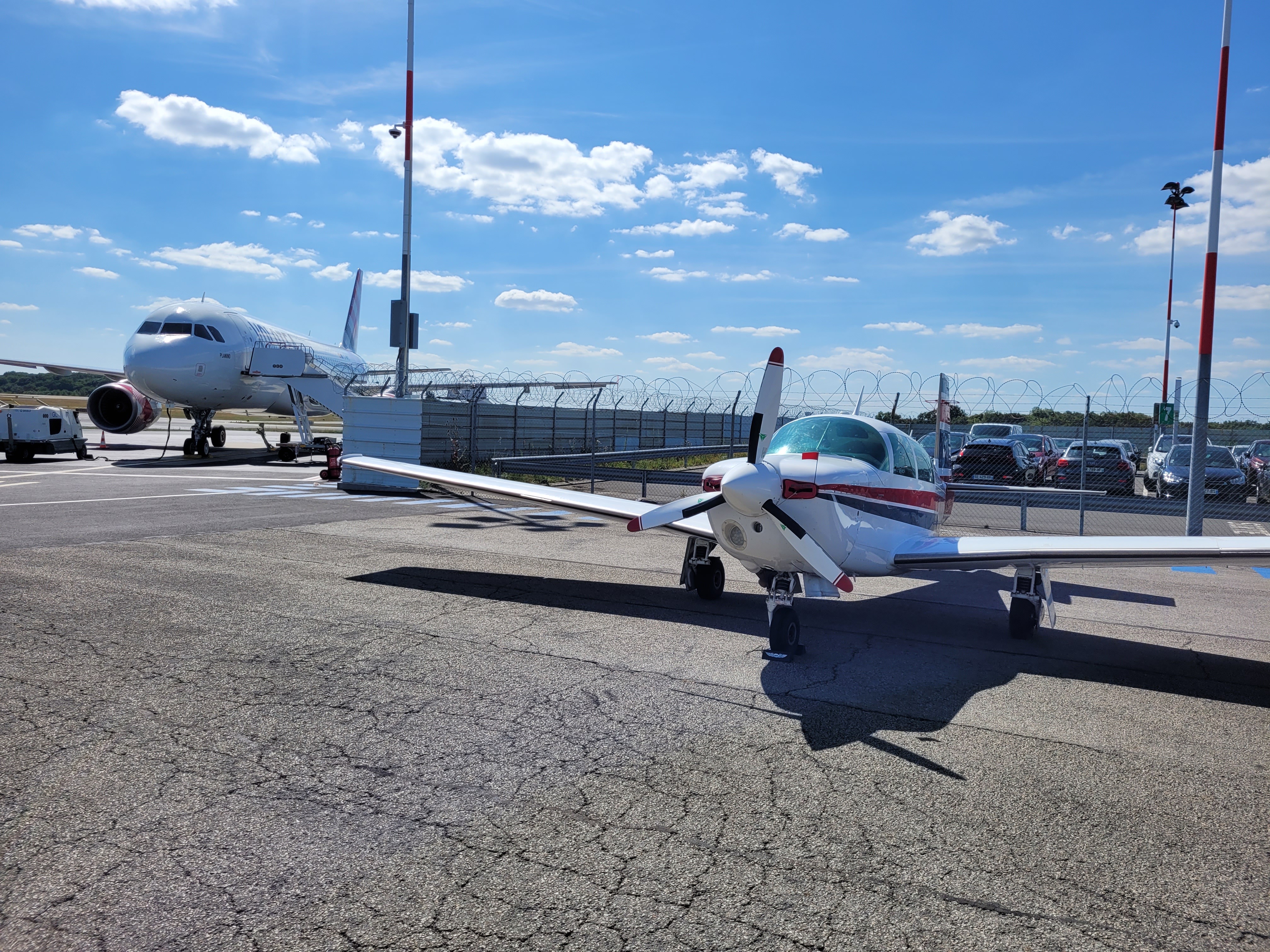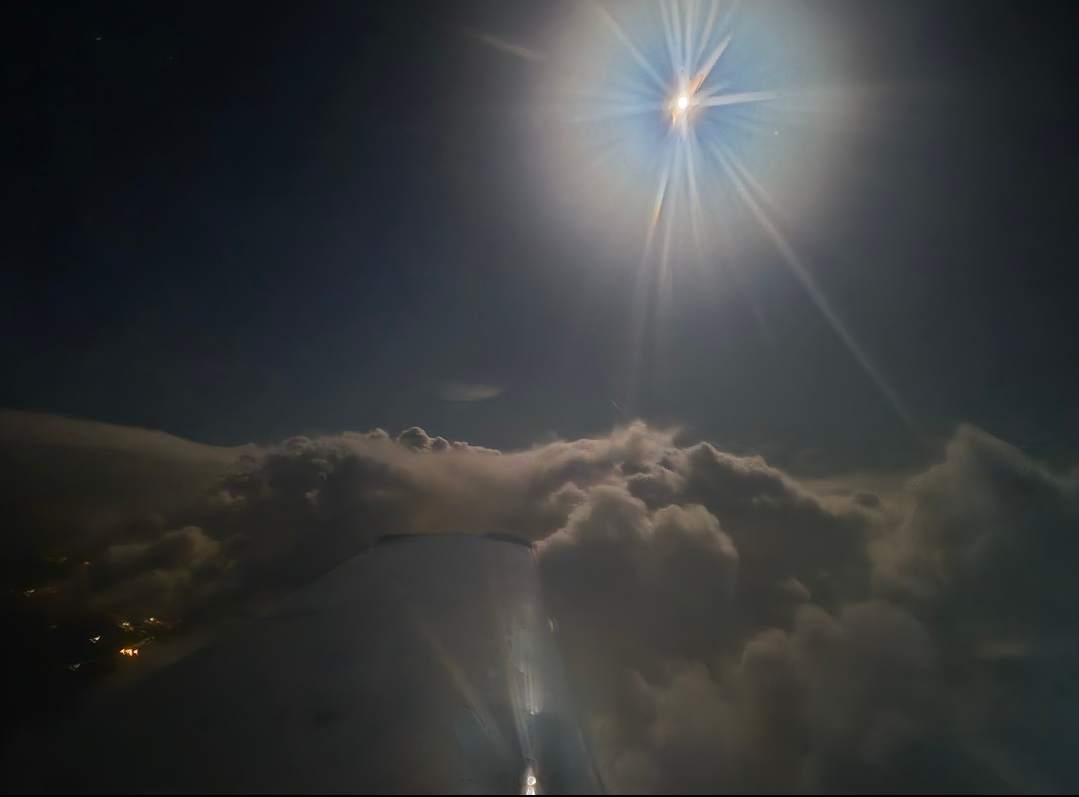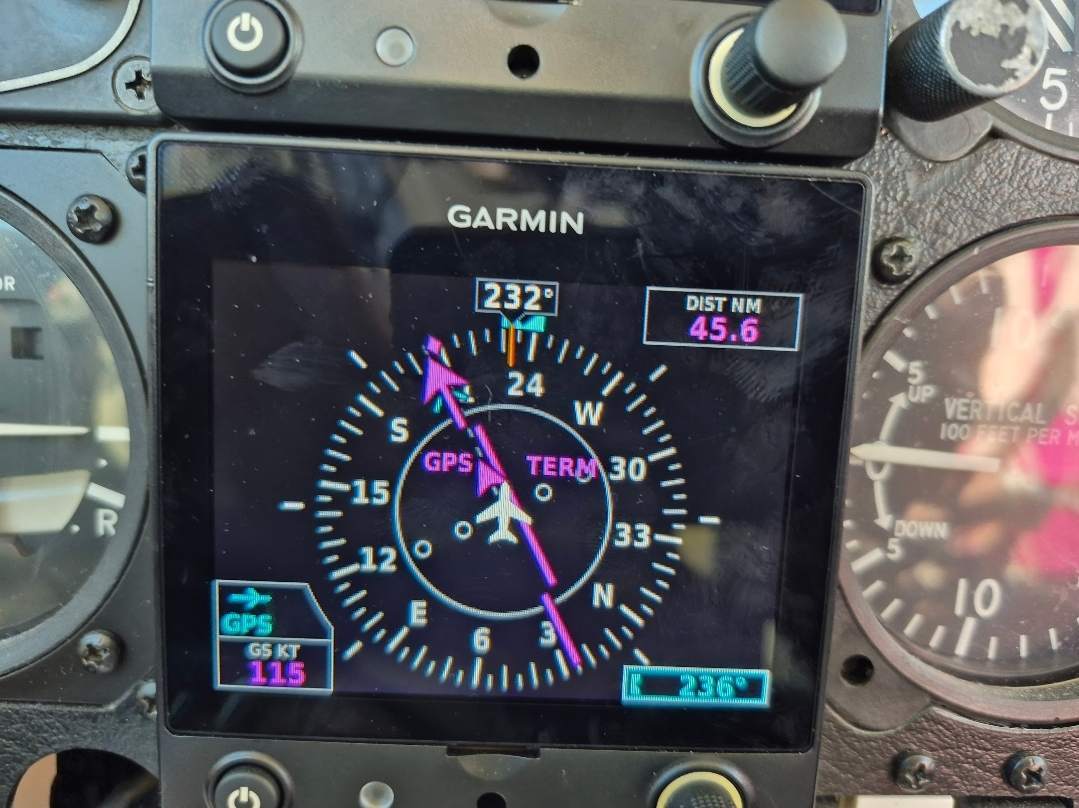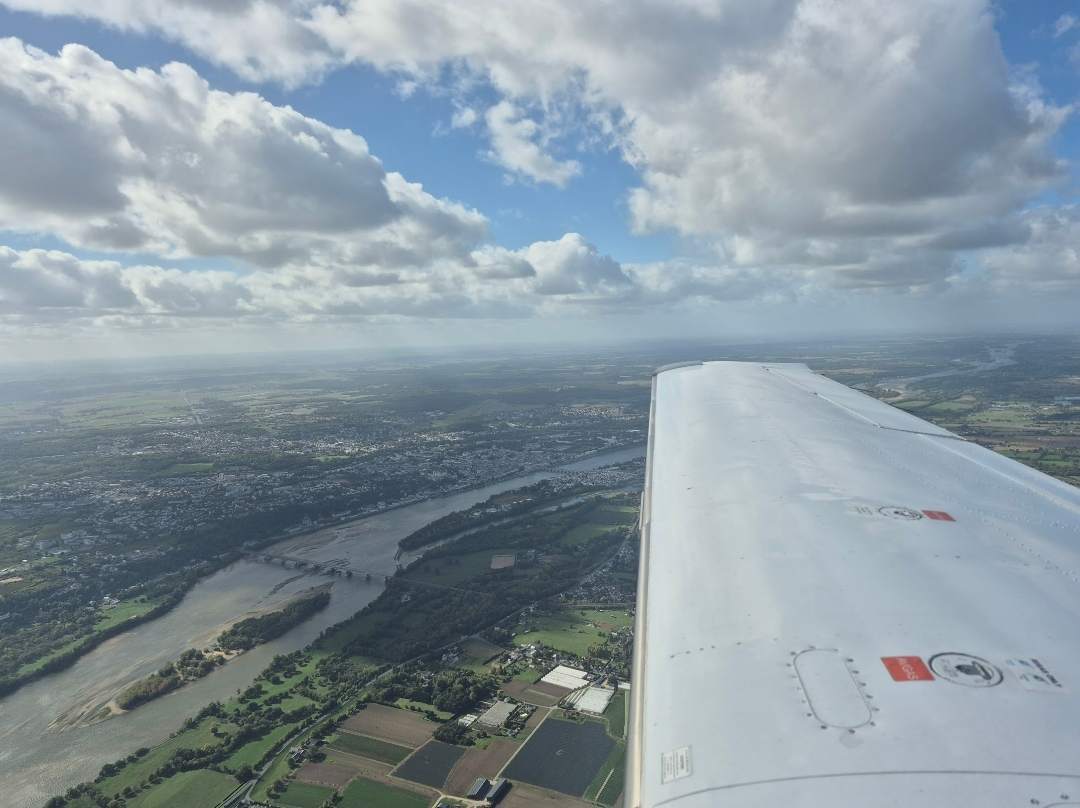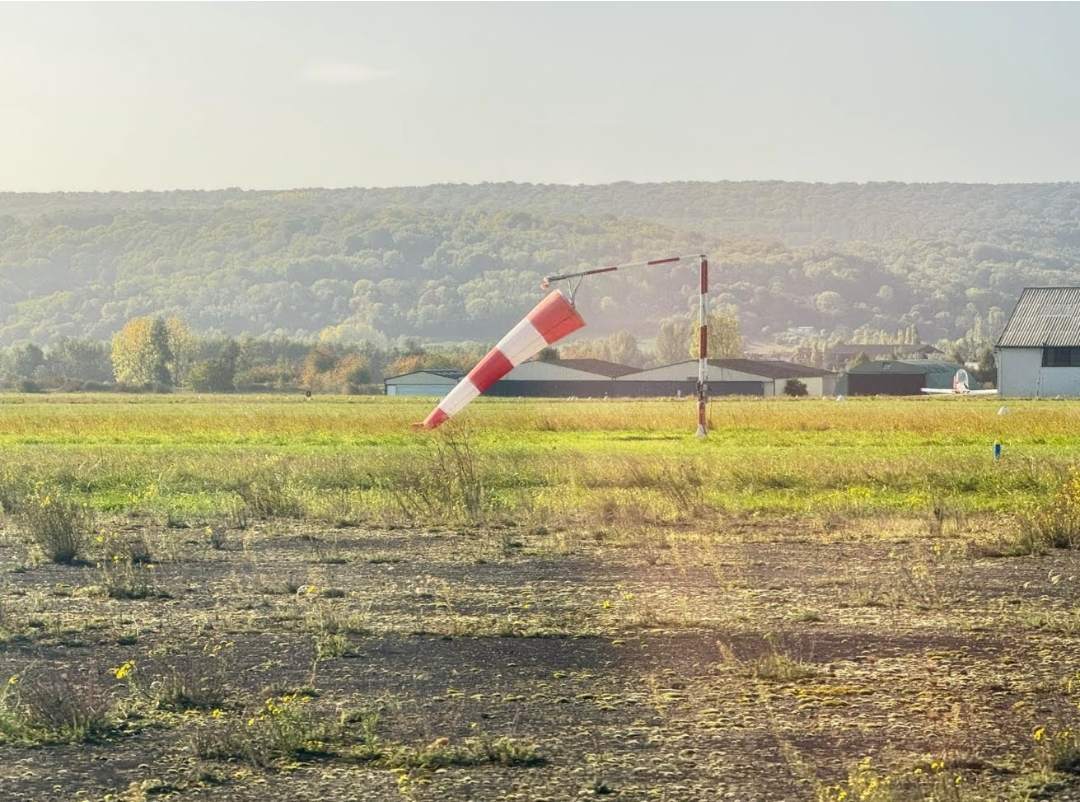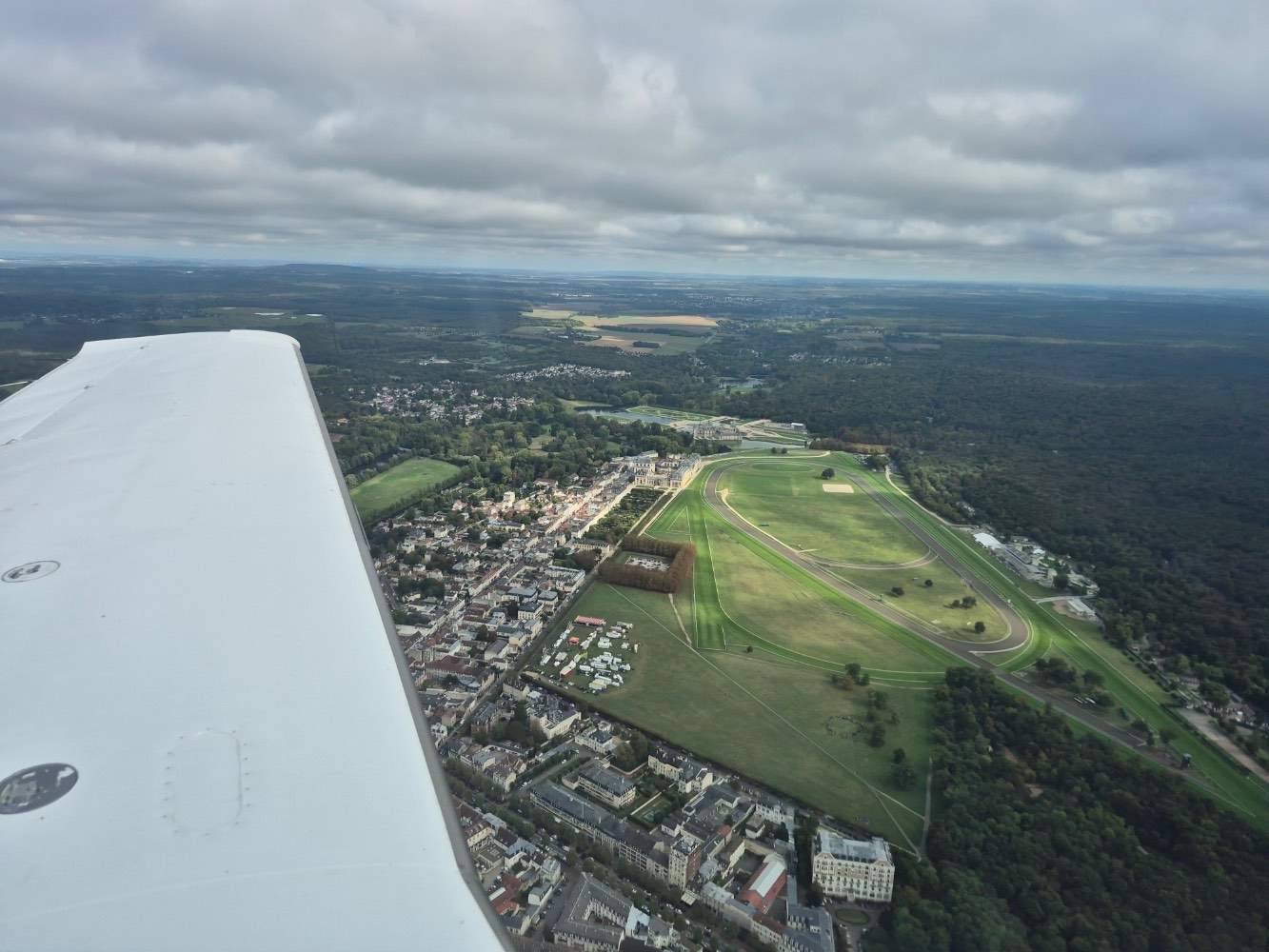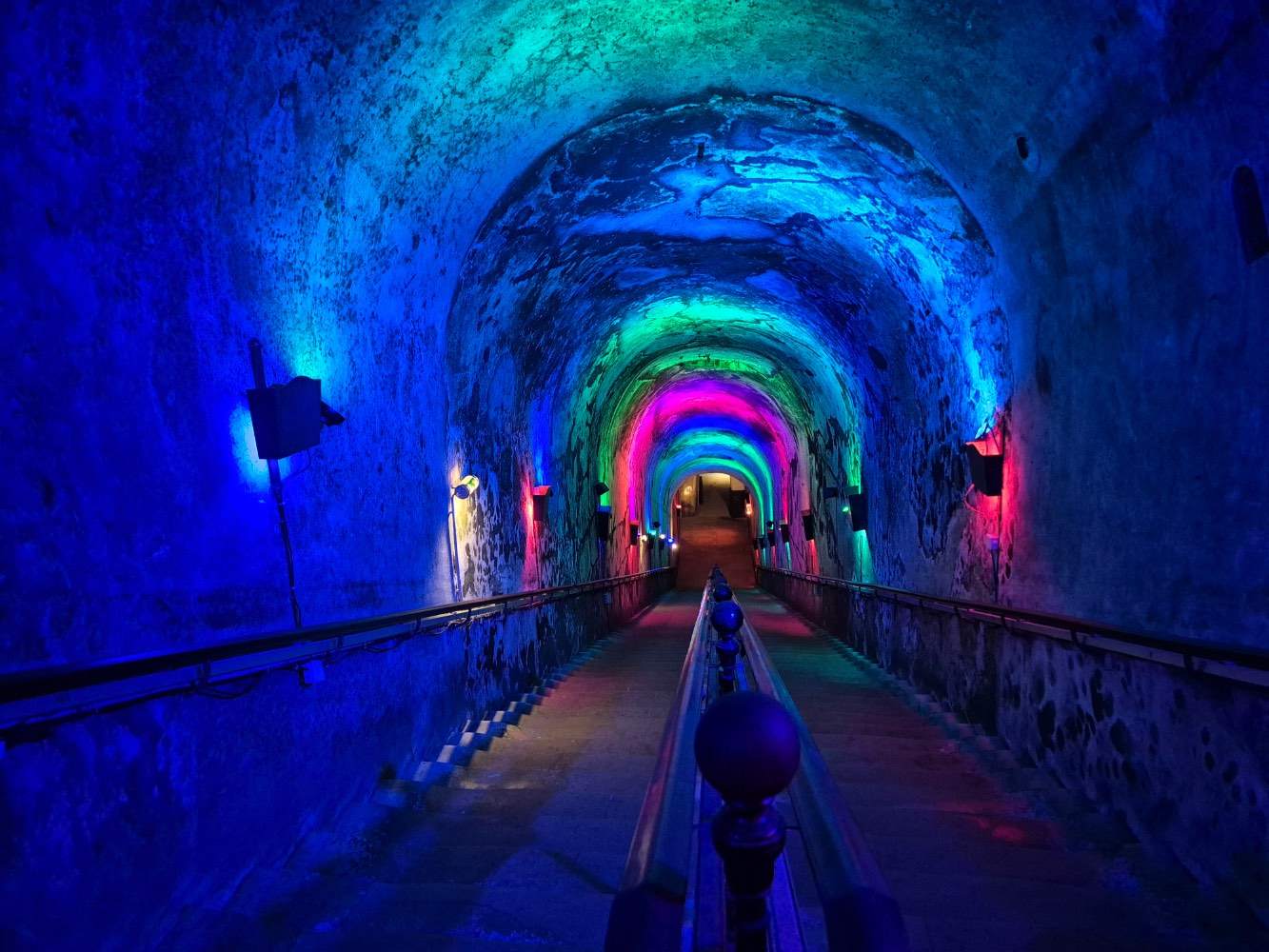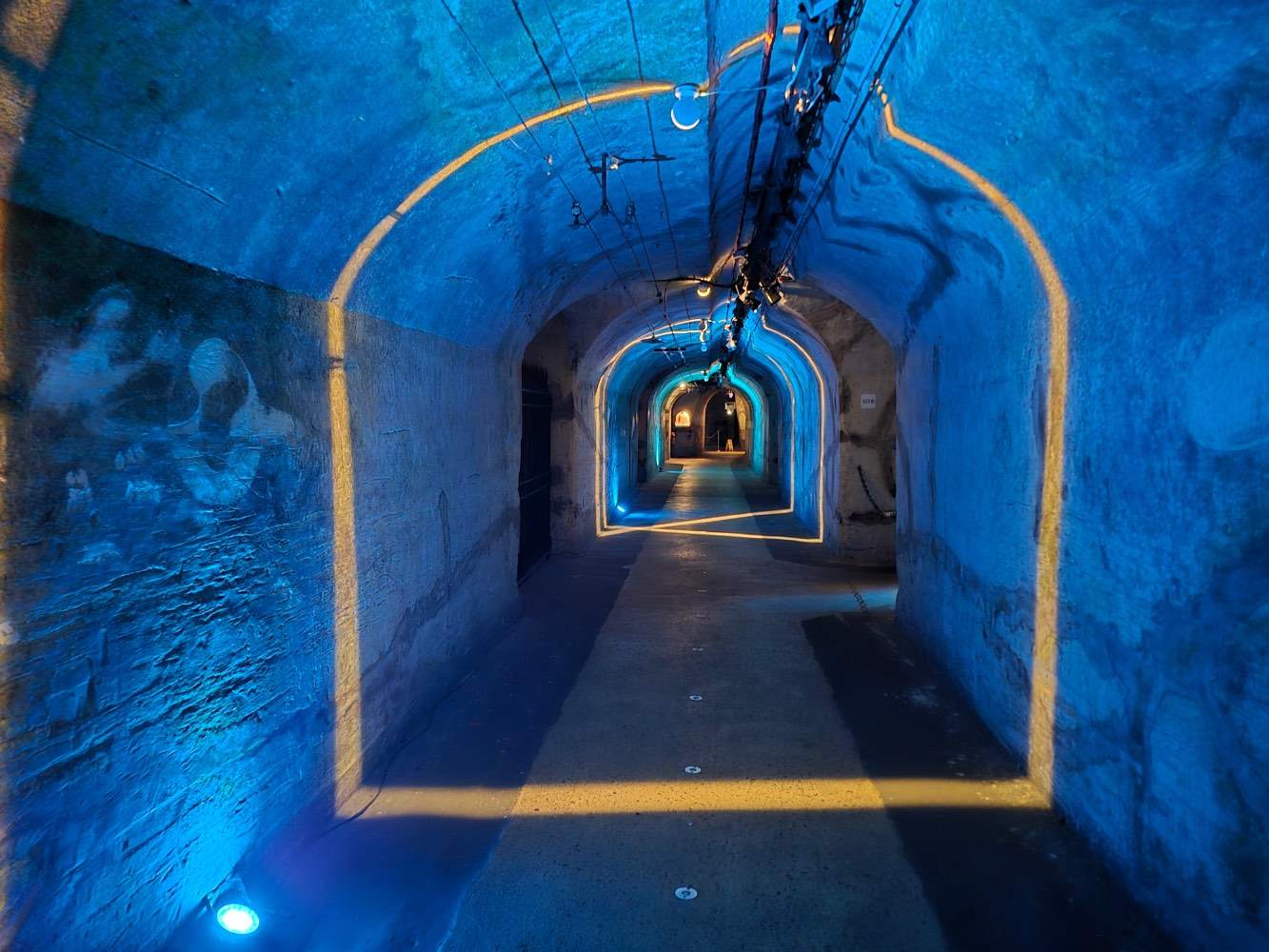-
Posts
1,252 -
Joined
-
Last visited
-
Days Won
1
Content Type
Profiles
Forums
Blogs
Gallery
Downloads
Events
Store
Everything posted by Ibra
-
Good news but I give it less than 1% probability ! Even less than 0.01% as it seems against the trend for new GA aircraft. Beech, ahem Textron, stopped Baron and Bonanza ! I am not sure how much the trend is related to competition from "1M-2M piston with TV screens"? or competition from "200AMU fantastic plastic"? or new MOSAIC rules?
-
This poll is NOT intended for those hand-starting? (vintage Cubs not Mooneys)
-
Indeed, now I try to get into habit of using checklists on types that I don’t fly that often, at least on first flight after a while. Same, I never touched Mooney parking break (I probably did but I don’t remember when ).
-
Taxi and takeoff with parking break ON in C172, I noticed right before landing doing checks (after 1h of flight). I checked my takeoff roll log on iPad, it was slightly longer: the parking break is not that effective, everyone happy The one thing I forget often before flight is....going to pee
-
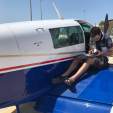
Minimum Cloud Ceiling to Launch VFR for Aerial IFR Pick Up (poll)
Ibra replied to 201er's topic in General Mooney Talk
One reason is probably how IFR FPL are distributed to area ATC or sector ATC (ARTCC & TRACON)? If you are using a feeder route fix or airway fix, they should get it If you are using some aiport fix, some of them are not even on area ATC screen (especially, "local waypoints" or "local VOR"). If you are using the airport itself, the coverage should be easy. If you are using some computer navigation fix (CNF) from some Jeppsen database, or you are using some visual point, or you are using radial/distance to VOR/DME. I assume some software is stuck parsing it, let alone distributing to the right ATC A bit off topic on filing flight plans in the correct format, I was stuck after my flight cancelled because someone forced a dodgy flight plan with an odd waypoint (the engineers who would fix it were also stuck by cancelled flights) https://www.bbc.co.uk/news/business-68563068 How comes one FPL can cause such catastrophic failure, apparently, it was a flight that switched to Zulu flight plan (VFR and IFR) after getting a delay, ATC forced the flight plan and the system crashed... -

Minimum Cloud Ceiling to Launch VFR for Aerial IFR Pick Up (poll)
Ibra replied to 201er's topic in General Mooney Talk
Indeed, I know in US you can get clearance on the ground by phone (“void clearance” as it’s usually a 5min or 10min slot to join controlled airspace via some fix or at vectoring altitude via runway heading). Being able to phone call and get climb on runway heading under IFR (including IMC) from untowered airfields is one of the key difference between US ATC and many other places in Europe (where VFR climb is required while TWR ATC are not around) I am still curious what is the clearance limit in terms of height or altitude for SVFR departure from towered airports? If it’s overcast ceiling, I assume someone under SVFR will be limited to climb at typical IFR vectoring altitude (e.g. MVA/MIA) or IFR procedure altitude (e.g. FAF platform)? or 1000ft bellow these if SVFR is positively separated from IFR above by ATC. This is also the typical ceiling where ATC would allow IFR visual approach or IFR visual departure. So, I would think that is a good ceiling to plan VFR departure when in-flight visibility > 3sm If there are big holes (2sm radius) in the ceiling above, say broken ceiling with 5-7 oktas, then one can climb to top of clouds, fly “on top” with VFR cruise or pickup IFR. So, I would say for VFR departure with in-flight visibility > 3sm: * If I am departing VFR in overcast ceiling with no holes, I would like to have it higher than vectoring MVA (MIA), or FAF altitude of some procedure, or MEA of some nearby airway, this will guarantee IFR pick up. * If I am departing VFR in broken ceiling with big holes and gaps overhead, I can climb VFR irrespective of ceiling. I would be happy to climb in any ceiling, even BKN002 hole will do for VFR. Lot depends on terrain and how to plan a return in case of emergency and if I am familiar with the place, there is no size that fits all. Obviously, on can fly low VFR or low VSFR “contact departure” with ridiculous low ceilings: the "contact departure" does not exist in ATC jargon (unlike "contact approach") but let's give it a name for the shake of this topic, the name is derived from “ground physical contact” not “ground visual contact” as life expectancy tend to shrink a lot with this kind of low flying (even cubs and helicopters gets it wrong !), someone who is IFR rated and IFR equipped tend to climb 1000ft above obstacles and call ATC for IFR clearance ASAP (hitting soft clouds is still better than hitting obstacles). -

Minimum Cloud Ceiling to Launch VFR for Aerial IFR Pick Up (poll)
Ibra replied to 201er's topic in General Mooney Talk
So technically, you can climb SVFR on top of cloud layer (broken ceiling), fly VFR on-top before picking IFR overhead airport? rather than miles away ! I had situation where SVFR climb overhead airport was refused, only lateral exit was allowed: SVFR clearance was only “cleared to leave zone” (later clarified as not above 1500ft, while I was looking for a climb to 3000ft), so I end up leaving airport zone laterally at 1500ft before climbing VFR and picking IFR (like one does from any uncontrolled airport). How high one can climb on SVFR clearance? assuming there is no separation conflict between IFR/SVFR in the vicinity of airport. Sometimes conditions are far better on top when cloud layer is broken (5-7 oktas) and shallow (500ft-1500ft tick). I did not dare asking for “cancel SVFR” once in the air -

Minimum Cloud Ceiling to Launch VFR for Aerial IFR Pick Up (poll)
Ibra replied to 201er's topic in General Mooney Talk
Hopefully this helps, it’s in AIP ENR6 https://aip.dfs.de/BasicIFR/2025OCT30/chapter/7a3603080f6ec51d7446e0388eebe313.html This one is from Jun2025, it works for summer, it will gets updated next month with +1000ft in winter for places that are less than 0C, obviously, the chart assumes that the ATC one talk to is “radar dude” not an “airway dude”…. I don’t recall I ever saw “nationwide MVA/MIA chart” published elsewhere, except in Germany (in France and US, they are not published, you can bundle and join terminal vectoring charts but lot of blocks in lower airspace will be missing) -

Minimum Cloud Ceiling to Launch VFR for Aerial IFR Pick Up (poll)
Ibra replied to 201er's topic in General Mooney Talk
Does one have access to MVA/MIA enroute charts when planning?my understanding few ATC publish them (like en-route frequencies they depends on staffing, coverage, sectors organisations…) Near big airports one has terminal vectoring charts but further away one can assume that at 2000ft agl they are blipping on some radar screen with radio sightline to some low airway base -

Minimum Cloud Ceiling to Launch VFR for Aerial IFR Pick Up (poll)
Ibra replied to 201er's topic in General Mooney Talk
One curious question, do ATC in US allow SVFR departure with tower ATC followed by IFR pickup from area ATC? say daylight flight and one has the required +1sm visibility in Delta, Charlie, or Bravo airport Assuming the ceiling is broken with plenty of holes, can one climb straight away into Delta, Charlie, Bravo? or they have to leave airport zone “laterally” with SVFR scud run (follow roads under ceiling) before climbing into General Echo airspace? Asking for a friend -

Minimum Cloud Ceiling to Launch VFR for Aerial IFR Pick Up (poll)
Ibra replied to 201er's topic in General Mooney Talk
Down here in controlled airspace, we need 1500ft ceiling (and 5km visibility) to depart VFR and pick IFR in controlled airports with CTR In TMA, you need ceiling higher than radar altitude (MRVA) or airway altitude (MEA) to pick IFR, especially with Charlie and Alpha airspace (Delta & Echo airspace, ATC allow you to separate visual on IFR climb, however, many countries prohibit visual separation under IFR bellow MRVA). ATC are reluctant to offer SVFR departure in airport CTR and IFR pickup in area TMA as it require teleportation inside clouds and blocks airport capacity. They prefer that you pretend to be VFR when it comes to finding holes inside clouds, however, you need 5km visibility for controlled VFR flights ! In uncontrolled airspace (Golf) when flying sub-140kts machine, you only need 1500m and 10ft ceiling to depart VFR and pick IFR, there is no requirement for ATC clearance to fly in clouds in uncontrolled airspace (just like FAR actually), however, you need clearance to join aairspace and controlled may insist on "VFR join initially", especially from under his radar altitude while not being on published departure. In aircraft with 140kts, you are back to 1500ft ceiling and 5km visibility for VFR departure. The uncontrolled departure may not be relevant in US as Echo airspace starts at 1200ft and down to 700ft near airports. I also understand 140kts limitation is not implemented in US (altough I recall Type Rated aircraft have limitations, at least for VMC/VFR circling) Sorry I am quoting visibility is in metric system, don't shoot me down Sometimes in Europe, the legal pick up depends on ATC procedures, I was told to maintain VFR at 12000ft where the airway started (we were laughing as we were in clouds from 400ft all the way until 11500ft, pure luck). I think 1500ft is a reasonable number, controlled IFR is not supposed to be more restrictive than controlled VFR flight. -
Hope all is sorted for the propeller... Definitely up for meet up next year !
-
Flying over Mt Ventoux on the way back from Corsica, this was right after sunset (before official night)
-
While ago, I had the site training and checkout but I had to keep landing currency every 6 months. It was a hassle, I was living in London and flying all the way in winter was not possible, driving was a lot of hassle compared to flying. A friend of mine suggested, I can legally fly Super Guépard ULM (unregulated ultralight) and then get a local instructor to do checkout in Jodel or Robin. So I flew in ultralight to get checked by the local school, you have to see the face of the instructor when I told him, I arrived by air I never tried in Mooney, so it’s on my to do list one day, the rules have changed now to make it 9 months, so easy to keep current outside winter and ski season, the airport still deserve lot of respect, the guy in the tower (Yves who does AFIS) used to have an album with hundreds of pictures of incidents and wrecks, especially with faster and heavy turbines.
-
I switched to 5$ plan for winter but the two monsters in my backseats keeps complaining now they can’t stream videos or download Gigabites, as they have to pre-download videos shortly before flight They think they have tough life I spent all night behind 56k modem waiting to download a 10 pixels videogame (during the day it gets interrupted by phone dial-in)
-
Flew with co-owner to Shoreham (EGKA) in UK before returning to France at night after TCUs have vanished. Clouds are easy to spot on halloween full moons
-
Week-end trip from Rouen (LFOP) to Saumur (LFOD), the hardest bit was climb to 2000ft as it was windy (storm Amy), however, we know the worst was behind and we were flying toward nicer weather. On return the windsock has given up indicating !
-
Short flights to Chantilly racecourse and Reims-en-Champagne (LFQA) for visit of Vranken Pommery champagne caves
-
Such days are a pain: you go “vmc-on-top” to find the sun, then you find another layer above ! You have more guarantees when paying for “UV session”
-
That is very true, people and government seem alarmed these days with pollution, however, there is literally nothing new under the sun ! I recall reading the most polluted day in history of Paris was in 1900, the solution was switching to ICE cars (politician are exactly the same: making laws on the fly, showing they are doing something, taxes and bans here and there…). https://earth.org/data_visualization/air-pollution-in-paris/ Around the year 1900, Parisians knew they had a serious pollution problem. No, not smog and particulate matter, they said, but the dung from over 80,000 horses carrying people and loads around the city everyday. Officials decided to test moving horse-drawn vehicles to the verge of the Champs-Elysees causeway, while motorized vehicles would be given the center. The contrast between the manure-laden and rubber-smoothed aisles left people convinced (translated from a French article in the “Figaro”): “It is easy to see that, from a hygienic standpoint, automobiles whose exhaust is rapidly absorbed by the air, are preferable to equestrian carriages.” https://www.lefigaro.fr/histoire/archives/2016/07/01/26010-20160701ARTFIG00300-en-1900-le-pic-de-pollution-a-paris-est-du-aux-moteurs-a-crottin.php#:~:text=En 1900%2C on compte près,%2C de «parfums pernicieux».
-
We still need to see those Rotax that match 200hp-310hp bands, say IO360 or TSIO550, Rotax made lot of competition and innovation 80hp-160hp band, however, they still short in 200hp-310hp band, they tried V6Cyl AeroEngine but no luck https://www.kitplanes.com/crystal-balling-what-will-rotax-do-next/ The problem now for GA is that they have a lot of money to make in multi-rotors or drones markets, so they will become another dinosaur in 80hp-180hp band. The Rotax market is the same as UL94 market (or UL91 or Mogas in Europe) with 80hp-160hp engines, these already have unleaded fuel solution even with Lyco or Conti, when it comes to detonation? There is a big added value from Rotax in 80hp-160hp band: being able to crunch 80-87 MON Mogas Autofuel with 10% ethanol and full of aromatics without vapour lock. However, they have not made any major discoveries to replace "100MON engines". They also have own detonation problems when running turbos on SP95, SP98, UL91, UL94, 100LL with octane rating from 80MOM to 100MON, their last service letters made lot of advisories on MP/RPM operating envelopes and choice of fuels... UL91 in Turbo Bristell, https://www.bristell.com/wp-content/uploads/2024/02/ADxC-73-SB-042_A-Fuel-Grade-UL91-avoidance.pdf MAP limits for SP95 and SP98 auto-fuels, https://share.google/zArSzOfzxGHFd7Ovt I am sure they have smart people to innovate but getting into the "real 100 octane market" is not a walk in the park: my understanding, they are going for twin engines market with 2×160hp rather than 310hp single engine market while consolidating their position in 80hp-160hp, especially with drone applications (zero incentive to try anything else).
-
- 35 replies
-
- 16
-

-

-
Yes it's a refined design already I am sure it can be refined more (not a lot) with EIS or FADEC and some operators may take it, however, only they can get lot of maintenance credit in exchange...
-
Like many things in aviation, in new application? MAYBE, in "retrofitting"? lilely NO At overhaul, this may get some traction but there is not much interest neither? I recall, Lycoming makes 2000 engines and overhauls 2000 engines every year, even if all these gets fitted, it will take 100 years to recycle the whole fleet It's hard to compare with automotive industry, due to economies of scale: the car engine builders spends more when building factory that produces car engines than what Lycoming makes in engine revenues for 5 decades ! As @N201MKTurbo said it's a stale design for 90 years already, the new EIS or FADEC may get some traction if FAA throws a "big bone" to some operators when it comes to maintenance, overhauls, TBOs...
-
Of course, Swift is responsible for submitting tests for ASTM to get their rubber stamps and approvals. Strictly speaking Swift does not even "test" their own fuels. For detonation, they send their 100R to Lycoming, Lycoming run detonation testing on their facilities, they issue some paper to Swift, then Swift sends that paper to FAA or ASTM, then FAA or ASTM will do a rubber stamp.... Anytime one talks about ASTM or FAA testing, they refer to the process to get approval (this does not imply that FAA or ASTM runs independent testing on their side, they may do in some cases where the FAA conducts their own "independent testing", however, in most cases, the FAA or ASTM will rely on participant to submit testing work, then they "independently review and approve")

